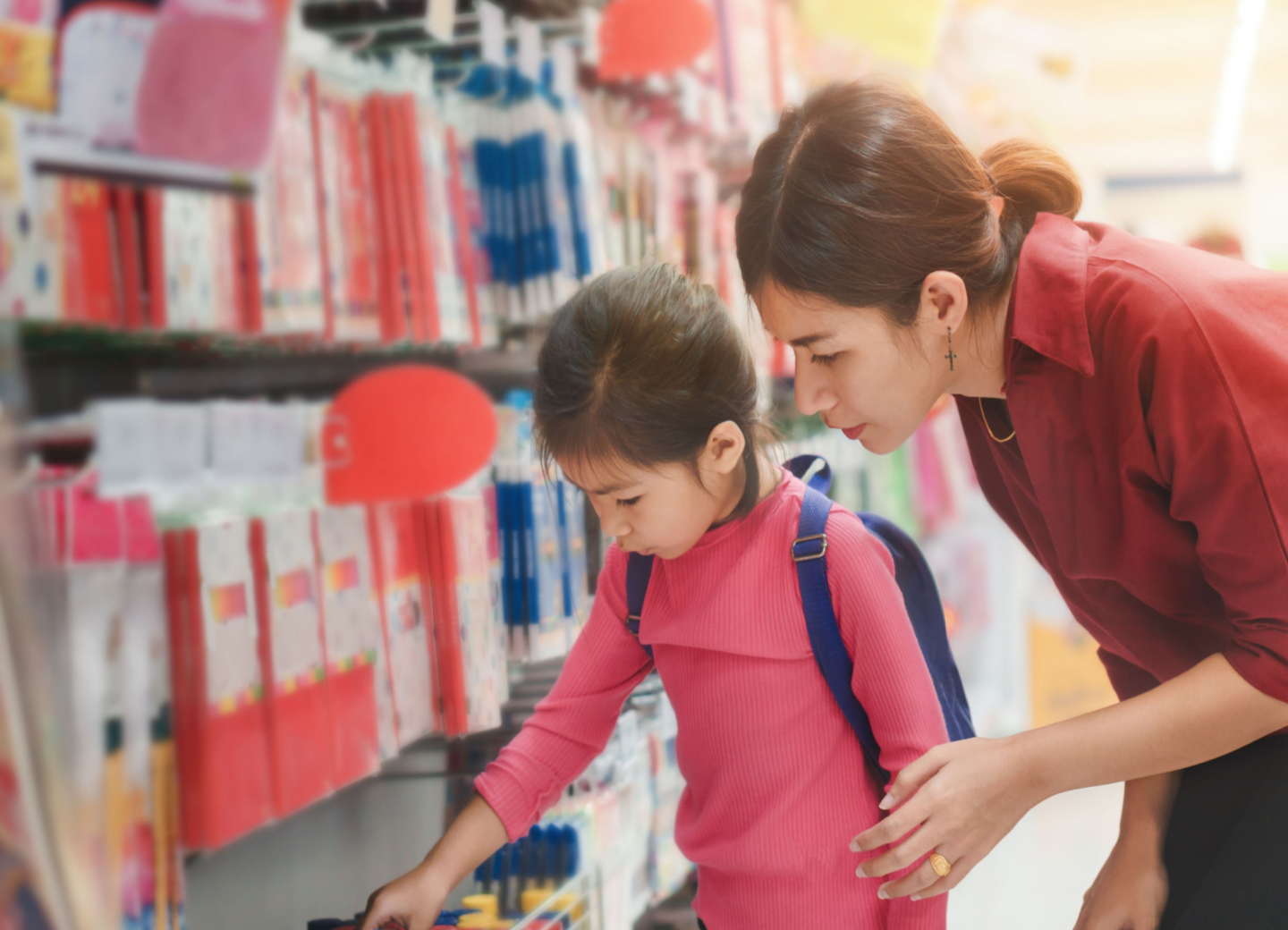About half of back-to-school shoppers plan to make sustainable choices while buying supplies for the new year, according to Deloitte’s recent back-to-school survey. But some shoppers aren’t sure how to do that. Among survey respondents who didn’t plan to buy with sustainability in mind, 20 percent said it’s difficult to identify genuinely sustainable products.
Whether you’re preparing children to return to school or helping young adults get ready for life on campus, here are a few tips for how you can make sustainable choices as you shop.
1. Choose FSC-certified school supplies.
The Forest Stewardship Council’s FSC label makes it easy to identify products that support responsibly managed forests.
Whether you’re shopping for notebooks, printing paper, pencils, tissues, décor or even clothing and shoes, look for the FSC label before you make your purchases.
To get an idea of what kinds of products may include the FSC label, visit OneSimpleAction.org in the United States or ShopFSC.ca in Canada, and look for the FSC label on products while you shop.
2. Prepare for productivity with a paper planner and calendar.
Paper still wins when it comes to planning. Writing things down increases your motivation to get things done and improves your memory. Plus, it’s easily recyclable.
Seek out FSC-certified planners, look for planners made from recycled materials or print your own on recycled paper using templates from Microsoft, Google Docs, Google Sheets or How Life Unfolds — and don’t forget to recycle your used pages.
3. Upcycle shipping, packing and packaging boxes for storage, décor and care packages.
Making sustainable choices while shopping is just one step in the lifecycle of school supplies. If you’re one of the 22 percent of shoppers buying supplies online or one of the thousands of parents moving their young adults into a dorm room or apartment, think about how you can upcycle your shipping and packing boxes.
Paper packaging is among the most recyclable materials. It can also be repurposed multiple times to:
- Organize files. Dinah Wolf (DIYinspired.com) suggests creating cereal box file organizers using empty cereal boxes and construction or wrapping paper.
- Make drawer organizers. Wulf also shares that you can cut off the bottom of food boxes and wrap them with decorative paper, and then use them to organize desk drawers.
- Send a care package to your college student. Give your student a reason to smile after a long day of classes by sending a care package in a repurposed corrugated box. Protect the contents by reusing packing materials. Be sure to include a handwritten note or card. Get ideas for what to send here.
4. Decorate lockers and dorm rooms with clippings from old magazines and books.
Upcycling shouldn’t end with boxes. Before you send old magazines and damaged books to the recycling center, consider using them to create sustainable decorations for lockers and dorm rooms.
Clippings of words, phrases and images from magazines can be mounted onto posterboard or cardboard to create collages, vision boards and other crafts.
You can also use old books to make bouquets of paper flowers, bookmarks, keepsake boxes and wall art.
5. Remember to recycle.
As classes begin, make sustainable choices by remembering to recycle. Community recycling programs are now available to most Americans, and paper products, including paper packaging, are among the items most accepted for curbside recycling, according to the American Forest & Paper Association’s 2021 recycling study.
